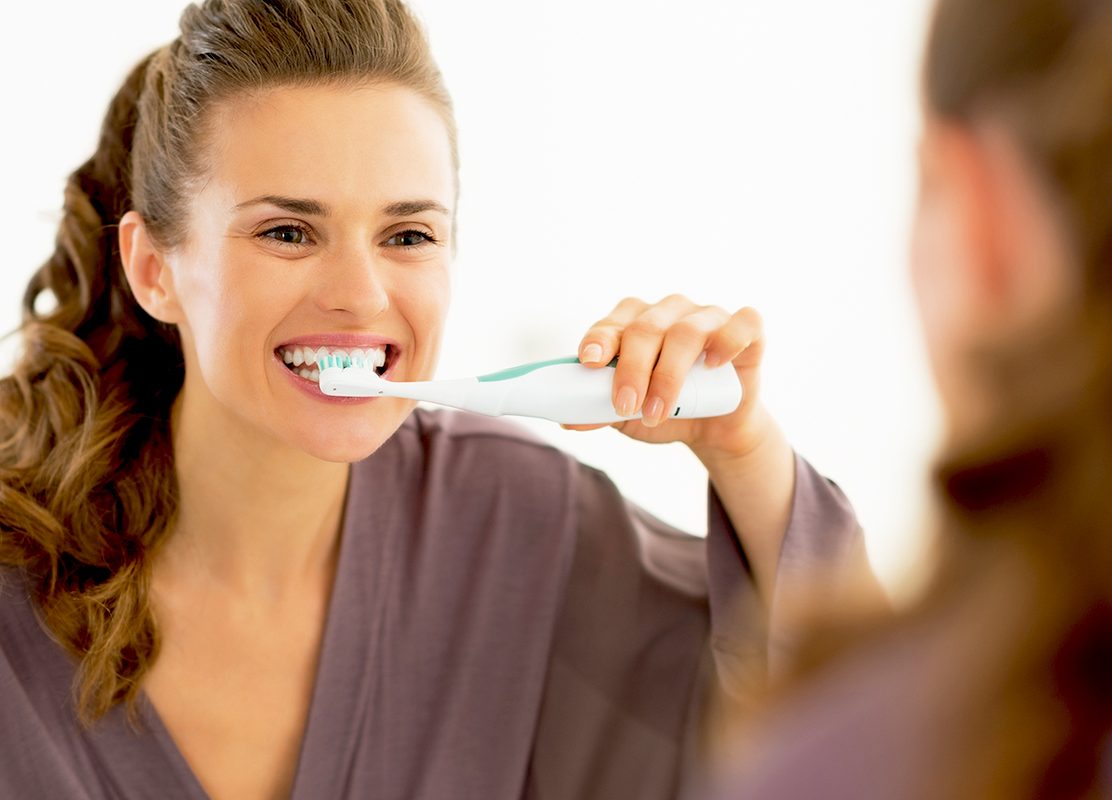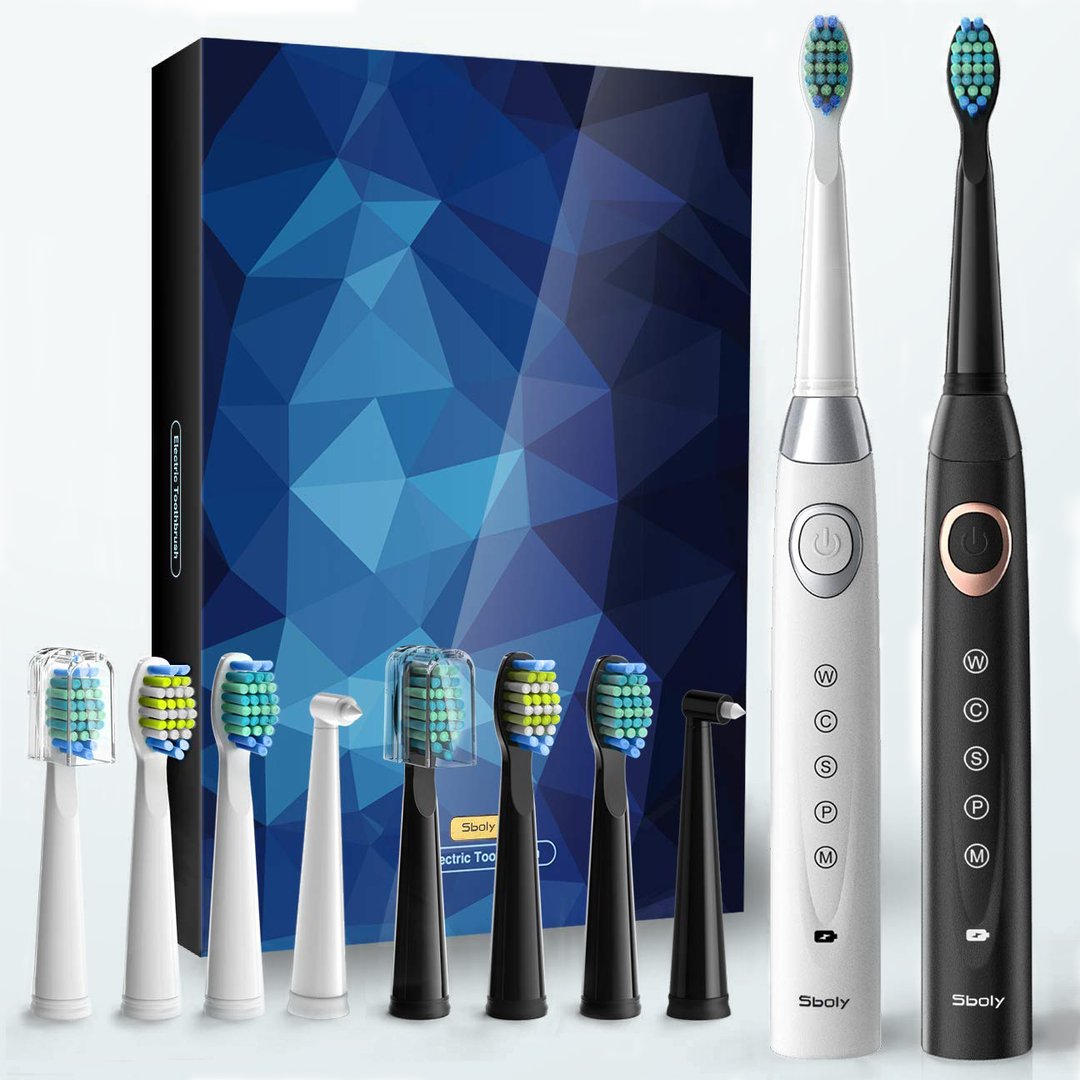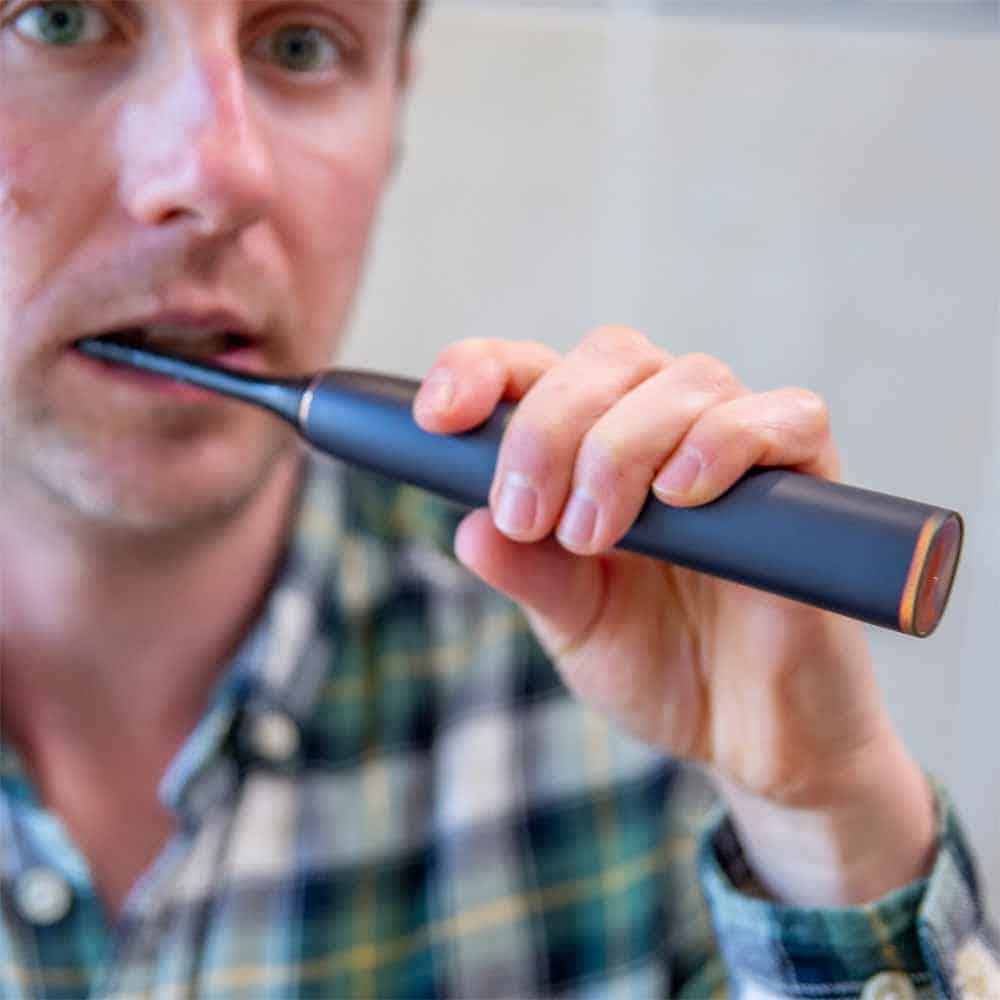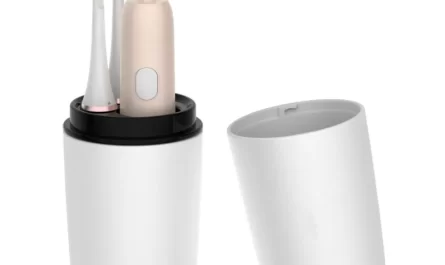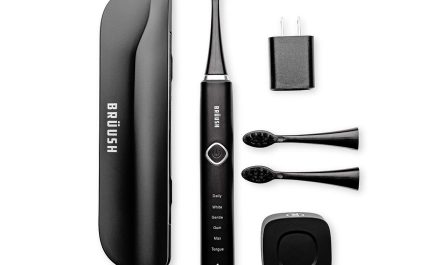Electric toothbrushes have become increasingly popular in modern dental care, praised for their efficiency at removing plaque and improving oral hygiene. However, there is an ongoing debate about the potential for electric toothbrushes to cause gum damage. This article will explore the relationship between electric toothbrush use and gum health, examining the mechanisms behind gum damage, appropriate usage techniques, and alternative dental care methods.
Understanding Gum Health
Gum health is paramount for overall oral hygiene. Healthy gums support the teeth and provide a protective barrier against bacteria. Poor gum health can lead to conditions such as gingivitis and periodontitis, which may result in tooth loss and systemic health issues.
The Anatomy of Gums
To effectively discuss how electric toothbrushes can affect gum health, it’s essential to understand gum anatomy. The gums consist of several layers:
- Gingiva: This is the outer layer of gum tissue that protects against bacteria and plaque.
- Alveolar Bone: Supports the teeth and provides anchoring for the gums.
- Periodontal Ligament: A connective tissue that attaches teeth to the surrounding alveolar bone.
Healthy gums exhibit a pink color, are firm to the touch, and do not bleed during brushing or flossing. Any changes, such as redness, swelling, or bleeding, may indicate gum inflammation or disease.
Electric Toothbrushes and Their Advantages
Electric toothbrushes have unique features that may offer more effective cleaning than manual toothbrushes. Let’s take a closer look at their advantages:
Superior Plaque Removal
Studies suggest that electric toothbrushes can remove more plaque compared to manual brushing. The oscillating-action heads clean the surface of teeth more thoroughly, reaching areas that may be missed by manual brushes. Many clinicians endorse their use as an effective means to prevent cavities and gum disease.
Built-in Timers and Pressure Sensors
Many electric toothbrushes come equipped with timers that help individuals brush for the recommended two minutes. These toothbrushes also often feature pressure sensors that alert the user if they are brushing too hard—an important feature as excessive pressure can contribute to gum damage.
Encouragement of Better Brushing Habits
The novelty and ease of using electric toothbrushes may motivate users to brush more regularly and effectively. This can lead to improved overall oral health, assuming the user is employing the brush correctly.
Potential Risks: How Electric Toothbrushes Can Damage Gums
While the advantages of electric toothbrushes are numerous, improper use can lead to gum damage. It is critical to be aware of how misuse can harm one’s gum health.
Excessive Pressure
One of the most significant risks associated with electric toothbrushes is the potential for applying too much pressure. Despite built-in sensors, many users still press too hard against their gums. PSI (pounds per square inch) applied during brushing can irritate gum tissue, leading to receding gums and potential tooth sensitivity.
Incorrect Technique
Using an electric toothbrush requires specific techniques that differ slightly from manual brushing:
- Angling the Brush: Many individuals use a perpendicular angle which may not be effective and could harm gums.
- Brushing Duration: Some users may feel that the electric motor does the work for them, leading to insufficient brushing time.
- Neglecting Areas: Electric toothbrushes can do an excellent job at cleaning, but users must ensure no area is neglected, including the gum line.
Over-Brushing
The convenience of an electric toothbrush may lead some users to over-brush. Brushing too frequently can irritate and damage the gums, causing inflammation or gum recession.
Signs of Gum Damage
Recognizing the signs of gum damage is crucial for users of electric toothbrushes. Understanding these symptoms can lead to timely intervention and prevent further complications.
Bleeding Gums
One of the first signs of potential gum damage is bleeding. If your gums bleed during tooth brushing or flossing, it could indicate inflammation. This can stem from improper brushing technique or excessive pressure.
Gum Recession
Gum recession occurs when the gum tissue pulls back from the teeth, exposing the roots. This condition can result from aggressive brushing and may pose risks of tooth decay and sensitivity.
Swollen or Tender Gums
Swelling or tenderness of the gums may signify underlying issues caused by over-brushing or improper technique. Regular attention to gum health is essential for retaining a confident smile and functional oral structure.
Best Practices for Using an Electric Toothbrush
To maximize the benefits of electric toothbrushes while minimizing the risk of gum damage, it’s essential to adopt best practices:
Choosing the Right Brush Head
Selecting a brush head that is designed for your specific dental needs is crucial. Soft bristles are generally recommended for individuals prone to gum sensitivity, while specialized heads may aid in cleaning specific areas or conditions.
Regularly Replacing Brush Heads
Replacing the brush head every three months or sooner if bristles fray is essential for maintaining efficacy. Used bristles can become less effective at cleaning and may harbor bacteria.
Employing Correct Brushing Techniques
- Use a Gentle Touch: Allow the toothbrush to do the work without excessive pressure.
- Angle the Brush: Hold the brush at a 45-degree angle to the gum line to effectively clean both teeth and gums.
- Time Your Brushing: Ensure you brush for a full two minutes and pay attention to all areas of your mouth, including the back teeth.
Complementing Brush Use with Flossing
An electric toothbrush should be part of a broader oral hygiene routine. Flossing is essential to remove plaque and food particles between teeth and along the gum line.
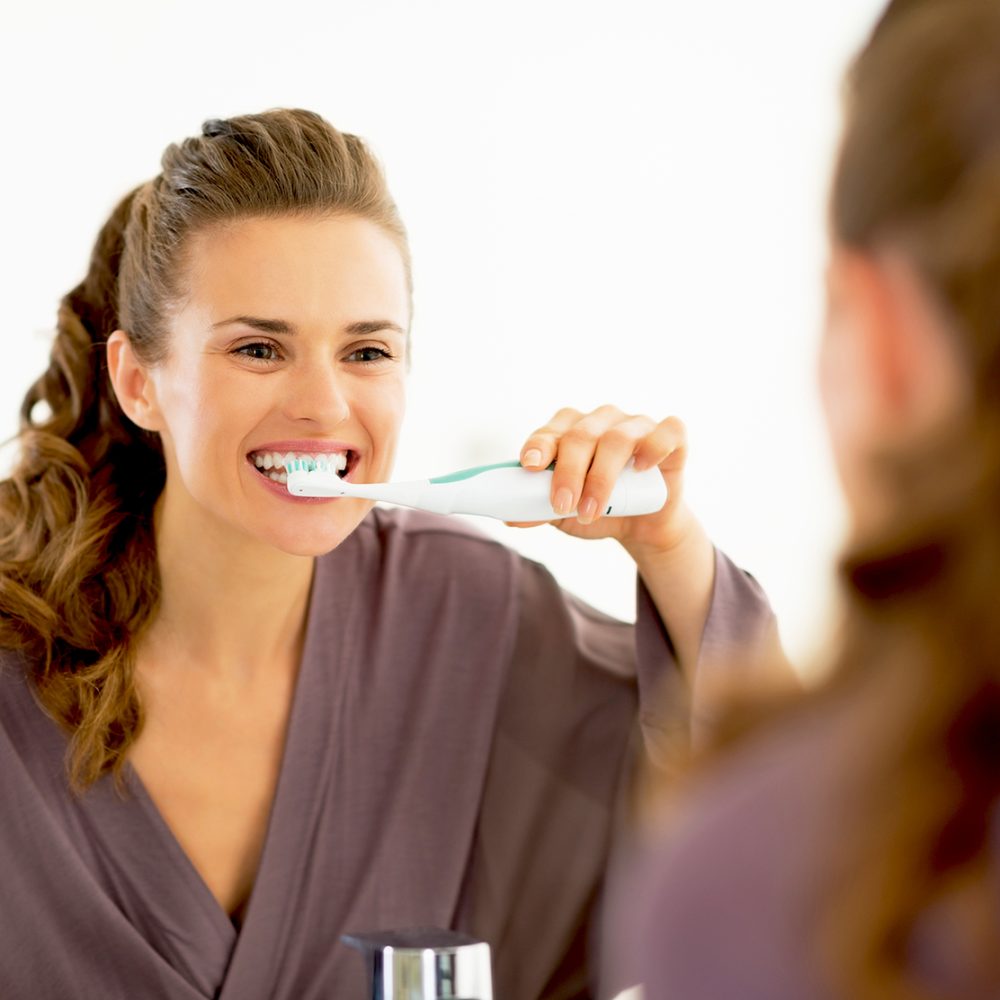 Alternatives to Electric Toothbrushes
Alternatives to Electric Toothbrushes
While electric toothbrushes can effectively clean teeth, some may prefer alternatives for various reasons, including comfort, cost, or personal preference.
Manual Toothbrushes
A manual toothbrush can be just as effective if used correctly. You can control the amount of pressure applied, and many dental professionals emphasize that good technique is key to maintaining gum health.
Water Flossers
Water flossers are a great alternative to traditional flossing methods for those who struggle with string floss. They work by shooting a stream of pulsating water to remove particles and bacteria from between teeth and along the gum line.
Traditional Floss
While water flossers are advantageous, some may prefer conventional flossing. It allows for targeted cleaning and is easy to use, ensuring that plaque and debris are effectively removed from hard-to-reach spaces.
Ongoing Dental Care and Checkups
Consistent dental visits are crucial for overall oral health. Your dentist can assess the condition of your gums and provide advice on your brushing technique, the appropriate tools, and the frequency of dental visits.
Professional Cleanings
Regular cleanings help to prevent gum disease and other dental issues. Dental professionals can remove built-up tartar that may not be eliminated through brushing alone.
Addressing Specialized Needs
Individuals with specific dental conditions may need tailored advice or products, including those with braces, implants, or extensive dental work. Your dentist can recommend suitable brushes, techniques, and routines.
Conclusion
In conclusion, while electric toothbrushes can offer remarkable benefits for oral hygiene, they have the potential to damage gums if not used correctly. Awareness of proper brushing techniques, the importance of gentle pressure, and consistency in dental care practices can mitigate risks. Prospective users should consider their unique dental needs and actively engage with dental professionals to ensure the best approach for gum health. Ultimately, electric toothbrush damage gums is achievable through mindful usage and routine dental check-ups to maintain a healthy smile.

